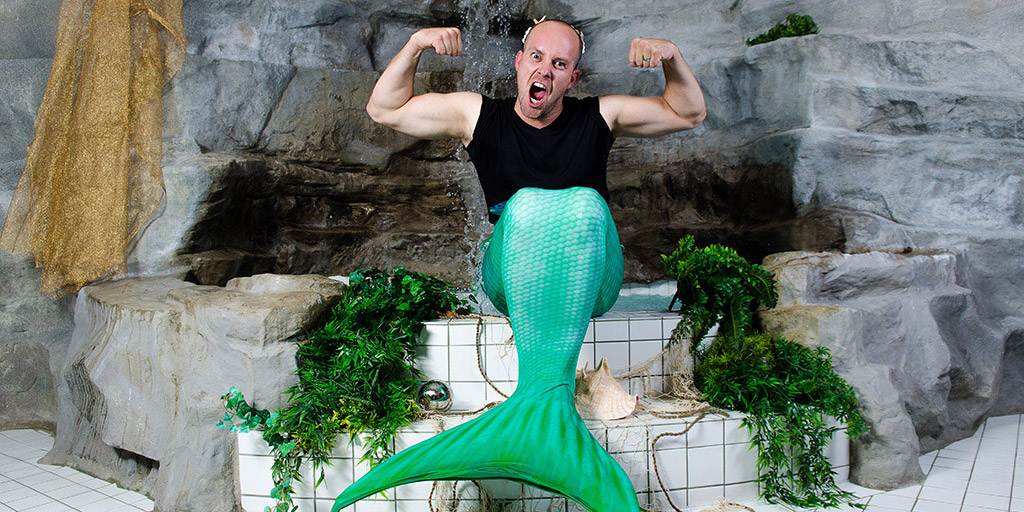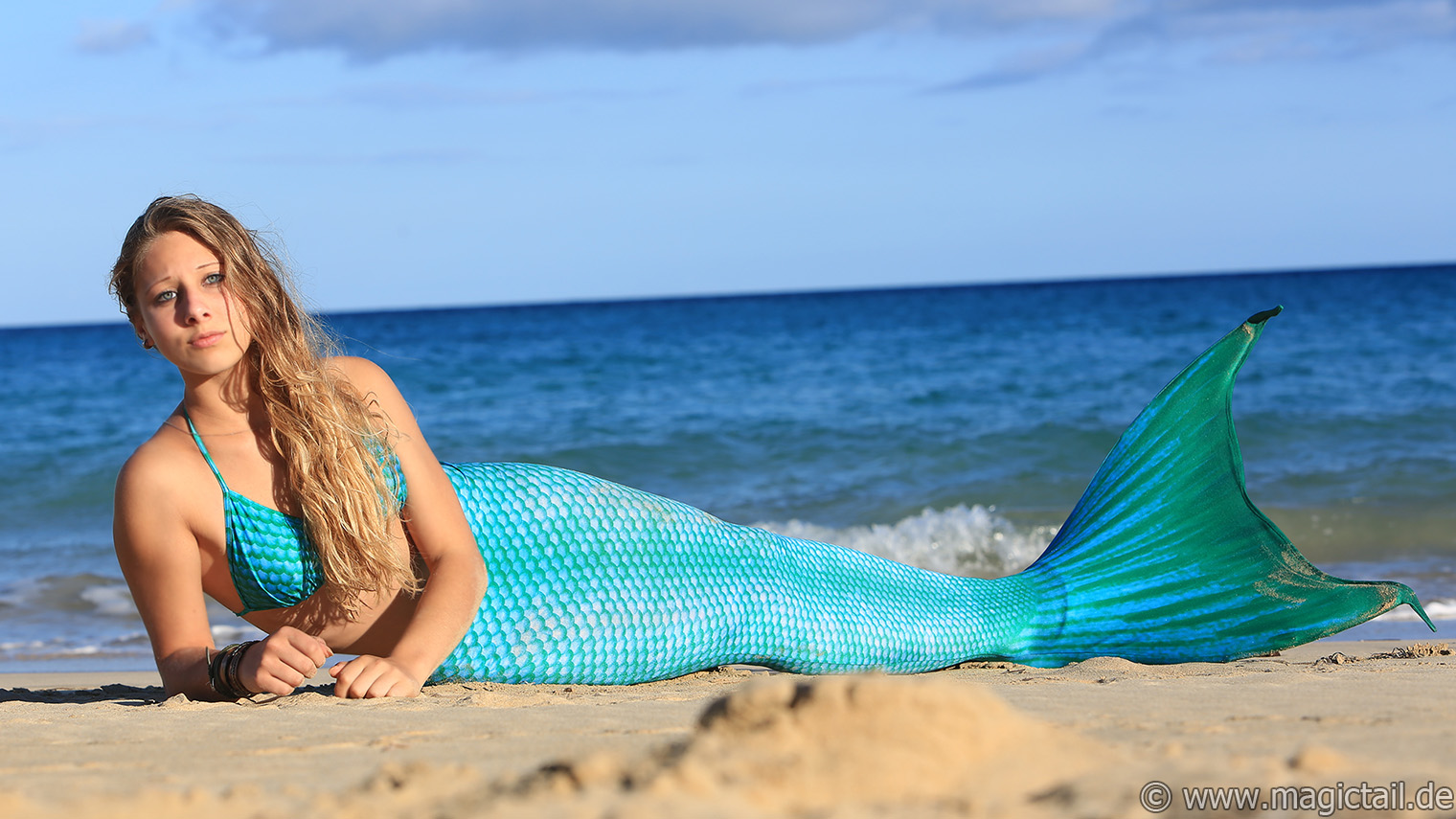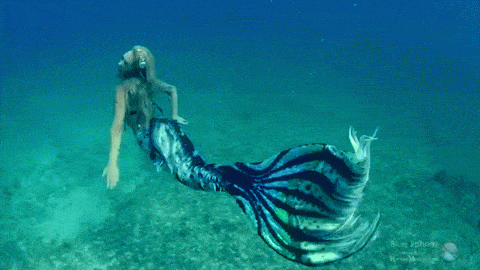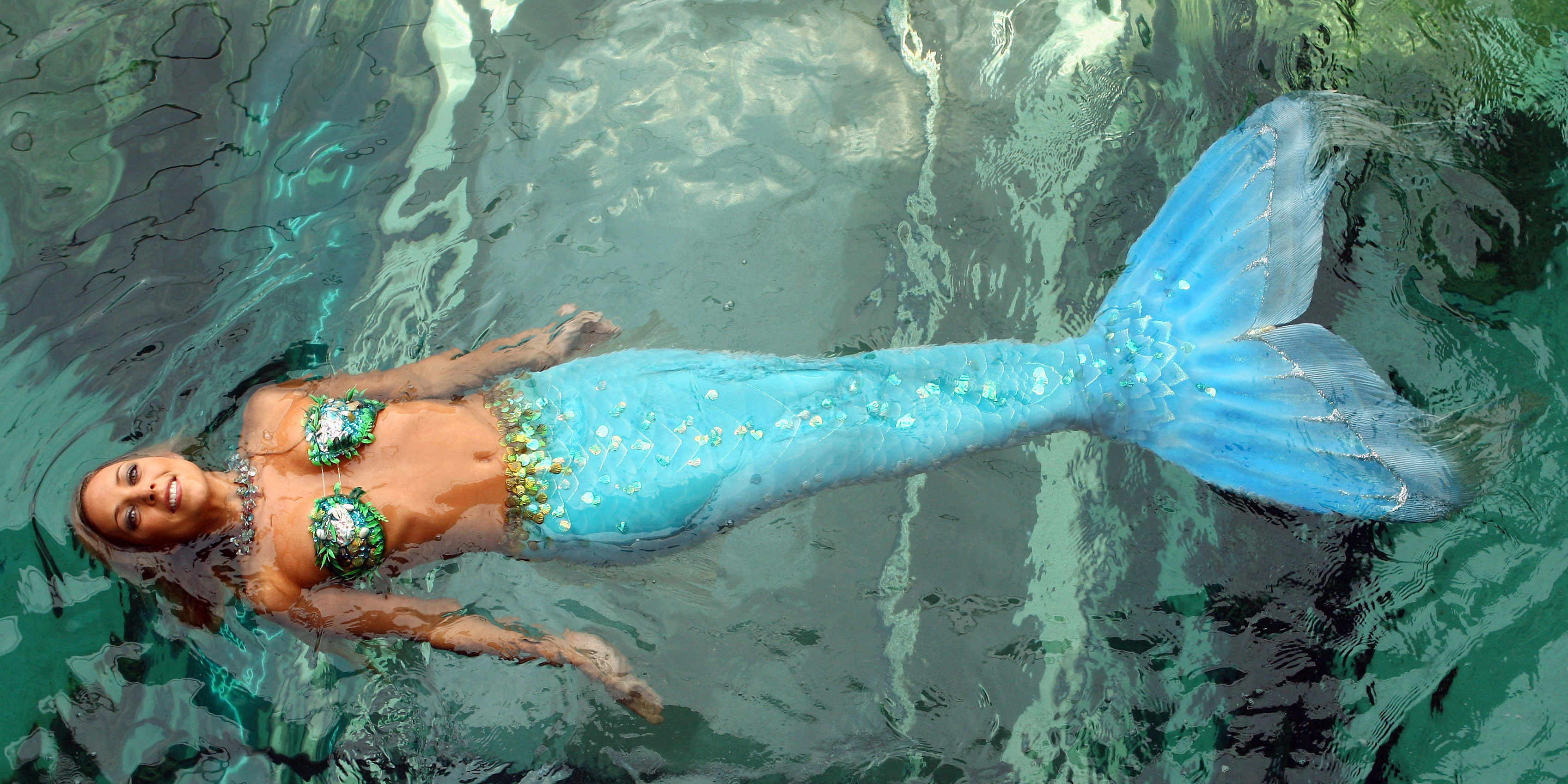Do You Even Mermaid, Bro?
FitnessLifestyle May 9, 2023 Damon Mitchell

Mermaiding is loosely defined word. It ranges from dressing as a mermaid to living as a one. Definitely, this is one body hack you must check out.
Not quite, but swimming in the ocean wearing a monofin is about as close as humans will get.
The act of mermaiding for sport is quite rigorous, but it can be unsafe. There are considerations, none of which include your gender.
Author’s note to the men: Kidding aside, fellas, you can mermaid if you want. Quite a few men enjoy mermaiding. The unisex term is Mer.
History of Mermaiding
The first incidences of mermaiding are by an Australian competitive swimmer, Annette Kellerman (1886 – 1975). She was at the forefront of the one-piece. Prior to that women swam in pantaloons.
The more natural fit of the one-piece may be what led her to consider donning the mermaid costume. Her fame led her to a career in cinema, where she played in swimming roles or even mermaids.
In 1911 she was the first actress to swim in a waterproof mermaid costume. Other famous swimmers came and went, Esther Williams in the United States, and the Weeki Wachee Mermaids of Tampa Florida who performed synchronized swimming routines in mermaid outfits.
More recently, it was the movie Splash in 1984 which impacted the current wave of Mers.
Mer Gear
Mers wear either a hip to boot prosthetic tail, which is waterproof. Manufacturers construct them from latex, silicone, or urethane.
You have to keep the water out, otherwise, the prosthetic could get very heavy, sinking the wearer. The more simple option is to wear a monofin.
Monofins apply to different types of diving. They are nothing more than two diving fins which have been seamed together. Some get fancy with their shape, but the concept is the same: two feet become one fin.
To train the movement, some use a floatation device to counter-balance the tail, but it’s not necessary.
Practice Today
Sprouting up in gyms all over the place, mermaiding for sport is gaining ground… er, water. Classes take participants through moves similar to synchronized swimming moves.
Some Mer practitioners prefer to go it alone. The challenge for swimming like a mermaid, something like a fish swims [I guess?], is humans don’t have body-length spines.
Our spines stop at our hips. From there you’ve got two more joints.
Smoothing that movement like the flow of a fish or whale’s tail is challenging. It takes quite a bit of ab strength, but more importantly, hip flexibility to get it right.
Flexible hips are something many of us lack in this world of sitting.
Potential Dangers
Once you’re in that fin, for better or worse you’re not slipping out. It has to be snug, otherwise, you’ll take on water. That could spoil your workout.
If you get in the water then panic, the fin could inhibit your natural kick. This is less likely for adults than it is for children.
In any case, you should be a solid swimmer before you start adding any equipment to your swim.
You would be wise to work with someone experienced, despite how easy it looks on Instagram.
Mermaids are not hurting in the shredded body department. If you can make a regular practice of Merring-out [Dibs on that phrase] then you will find enchantment under the sea.
The cool thing about this application of exercise is that its secret exercise. You may get so stuck in your fantasies that you forget your working.
That’s what we should all aim to do.





